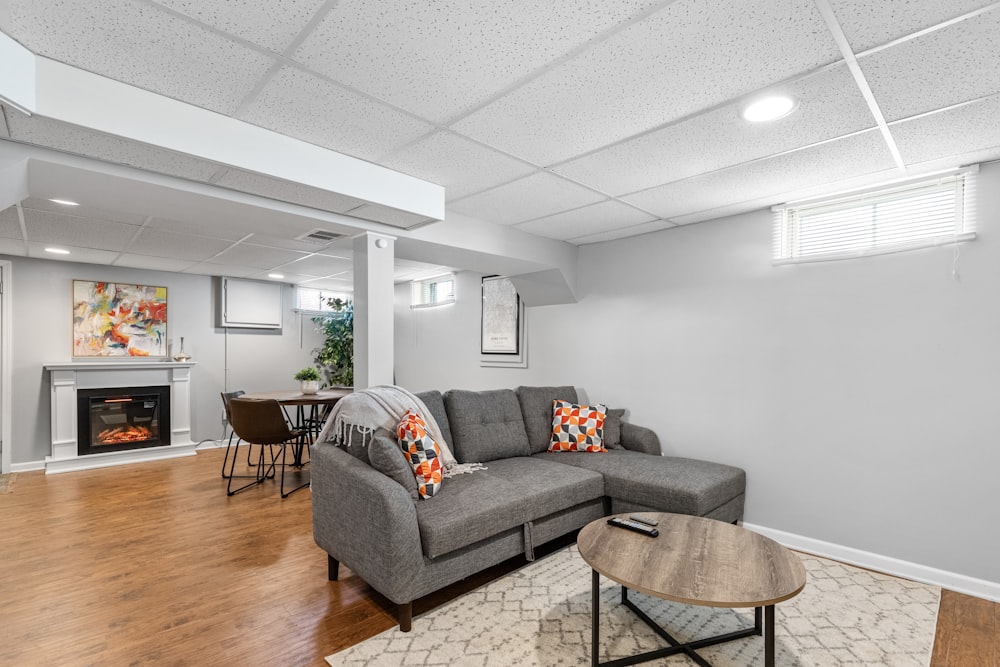Unveiling the Secrets of Interior Design Mastery
Crafting a Vision for Your Space
Interior design is more than just arranging furniture and choosing paint colors—it’s about creating a cohesive vision for your space that reflects your personality and lifestyle. Whether you’re redesigning a single room or overhauling your entire home, the first step is to define your vision. Consider the function of each space, your personal style preferences, and any specific needs or requirements you have for the space. This will serve as the foundation for your interior design journey.
Understanding Your Space
Before diving into the design process, it’s important to take stock of your space and understand its unique characteristics. Consider factors such as the size and layout of the room, the natural light sources, and any architectural features or constraints. By understanding the strengths and limitations of your space, you can make informed design decisions that maximize its potential and create a harmonious and functional environment.
Creating a Mood Board
A mood board is a visual representation of your design vision, incorporating elements such as color palettes, fabric samples, furniture styles, and inspirational images. Creating a mood board is an essential step in the interior design process, as it helps you clarify your ideas, experiment with different concepts, and ensure that all design elements work together cohesively. You can create a physical mood board using magazine clippings and fabric swatches, or use online tools and apps to create a digital version.
Choosing Colors and Textures
Color and texture play a crucial role in interior design, setting the tone and atmosphere of a space. When choosing colors for your home, consider the mood you want to create and how different colors will interact with each other. Warm, earthy tones can create a cozy and inviting atmosphere, while cool, neutral tones can evoke a sense of calm and sophistication. Similarly, textures such as plush fabrics, natural materials, and tactile finishes add depth and visual interest to your space, creating a multi-dimensional and inviting environment.
Selecting Furniture and Accessories
Furniture and accessories are the backbone of any interior design scheme, providing both functionality and style to your space. When selecting furniture, consider factors such as scale, proportion, and layout to ensure that each piece complements the overall design aesthetic and fits seamlessly into the space. Accessories such as artwork, rugs, lighting fixtures, and decorative objects add the finishing touches to your design, infusing personality and character into your space.
Maximizing Space and Functionality
In interior design, it’s essential to prioritize both aesthetics and functionality to create a space that not only looks beautiful but also works for your lifestyle. This may involve space planning to optimize traffic flow and maximize usable space, as well as incorporating storage solutions to keep clutter at bay. By carefully considering the needs and activities of the occupants, you can design a space that is both stylish and practical, enhancing the overall functionality and enjoyment of your home.
Balancing Form and Function
One of the hallmarks of great interior design is the ability to balance form and function—to create spaces that are both visually stunning and highly functional. This requires careful consideration of each design element and how it contributes to the overall aesthetic and usability of the space. Striking the right balance between form and function ensures that your home not only looks beautiful but also meets the practical needs of its occupants, creating a harmonious and well-rounded living environment. Read more about home inside design










